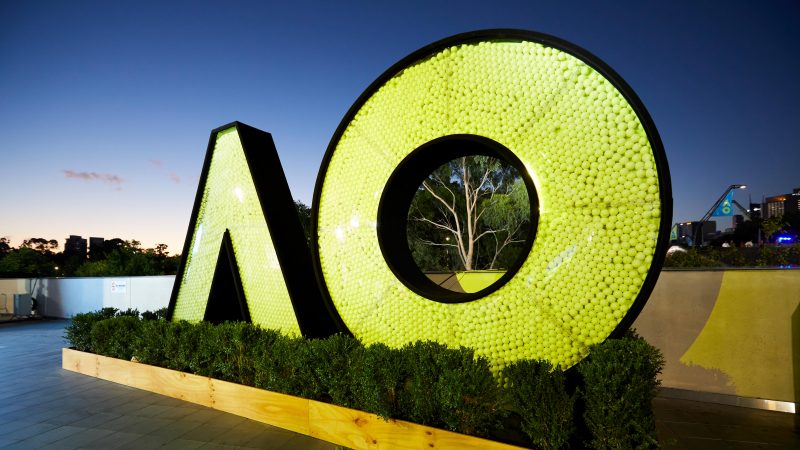TV in 2019: The year Nine toppled Seven and reality ruled
As the TV ratings year ends, Mumbrella’s Hannah Blackiston looks at the big moments of the year, how Nine secured the win and what’s changed in the landscape ahead of 2020.
Seven’s 12-year ratings dominance officially ended last weekend with Nine winning the TV ratings year for 2019. Nine began the year on a high with the Australian Open, something it hopes to replicate in 2020 with even bigger and more comprehensive coverage.
Nine switched the cricket for the tennis in 2018, and forked out an additional $48.5m for the 2019 rights, so this year’s Open was the first to not be broadcast on Seven in 40 years, and gave Nine a confident start to 2019.

The Australian Open was integral to Nine’s 2019 success
The tennis led into Married At First Sight, with the sixth season of the show still managing to deliver big numbers for the network. It premiered with just over 1m overnight metro viewers and managed to keep that momentum going all the way through the season, closing to just under 2m three months later. The early success for Nine gave the network a jumpstart, which it managed to continue – Lego Masters had the most successful launch of a new series for the year, the NRL State of Origin was the most-watched sports programming, and Australian Ninja Warrior, The Block and The Voice all managed to deliver.

